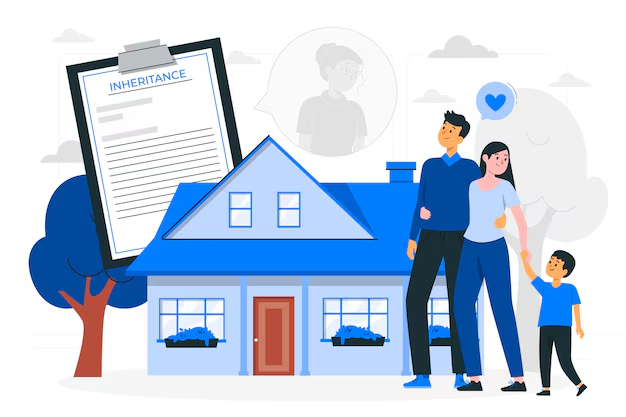Private Mortgage Insurance (PMI) is a safeguard for lenders when borrowers make a down payment of less than 20% on a conventional home loan. While it increases the cost of homeownership, PMI enables individuals to purchase homes without waiting to amass a substantial down payment. This article delves into the essentials of PMI, its workings, associated costs, and strategies to manage or eliminate it.
What Is Private Mortgage Insurance (PMI)?
PMI is an insurance policy that protects lenders against potential losses if a borrower defaults on their mortgage. It’s typically mandated for conventional loans when the down payment is below 20% of the property’s value. Although PMI benefits the lender, it also facilitates homeownership for buyers who haven’t saved a large down payment.
How Does PMI Work?
When a borrower makes a down payment under 20%, lenders perceive a higher risk. To mitigate this, they require PMI, which the borrower pays for but which protects the lender. PMI premiums can be structured in various ways:
- Monthly Premiums: Added to the monthly mortgage payment.
- Upfront Premium: A lump sum paid at closing.
- Combination: A portion paid upfront with the remainder included in monthly payments.
The choice depends on lender policies and borrower preferences.
Calculating PMI Costs
Several factors influence PMI costs:
- Loan-to-Value (LTV) Ratio: A higher LTV ratio results in higher PMI premiums.
- Credit Score: Borrowers with lower credit scores may face higher PMI rates.
- Loan Amount and Term: Larger loan amounts and longer terms can increase PMI costs.
On average, PMI can range from 0.3% to 1.5% of the original loan amount annually. For instance, on a $200,000 loan, PMI could cost between $600 and $3,000 per year.
Steps to Obtain PMI
- Assess Your Down Payment: Determine how much you can afford to put down. If it’s less than 20%, PMI will likely be required.
- Choose a Lender: Select a lender who will arrange PMI through their partnered insurance providers.
- Complete the Application: Provide necessary financial information for the lender to assess risk and determine PMI rates.
- Finalize the Loan: Upon approval, the lender will include PMI details in your mortgage agreement.
- Close the Deal: Sign the necessary documents at closing, which will outline your PMI obligations.
It’s important to note that private mortgage insurers work directly with lenders, not borrowers. Most lenders collaborate with one or several insurers.
Managing PMI Costs
While PMI adds to monthly expenses, there are strategies to manage or potentially avoid these costs:
- Increase Your Down Payment: Strive to save more upfront to reach the 20% threshold, thereby eliminating the need for PMI.
- Piggyback Loans: Consider a second mortgage to cover part of the down payment, reducing the primary mortgage’s LTV ratio.
- Improve Credit Score: Enhancing your creditworthiness can lead to more favorable PMI rates.
Canceling PMI
PMI isn’t permanent. Once you’ve built up sufficient equity in your home, you can request cancellation of PMI. Lenders are required to automatically terminate PMI when your loan balance reaches 78% of the original property value. However, you can request cancellation earlier, typically when you achieve 20% equity, provided you’ve maintained a good payment history.
Alternatives to PMI
For those looking to avoid PMI, consider the following options:
- Lender-Paid Mortgage Insurance (LPMI): The lender covers the PMI cost in exchange for a higher interest rate.
- Government-Backed Loans: FHA, VA, or USDA loans have different insurance requirements and may offer more favorable terms for certain borrowers.
Conclusion
Private Mortgage Insurance plays a pivotal role in the housing market by enabling buyers with smaller down payments to secure home loans. While it does increase monthly mortgage costs, understanding how PMI works and exploring strategies to manage or eliminate it can help borrowers make informed decisions and potentially save money over the life of their mortgage.










